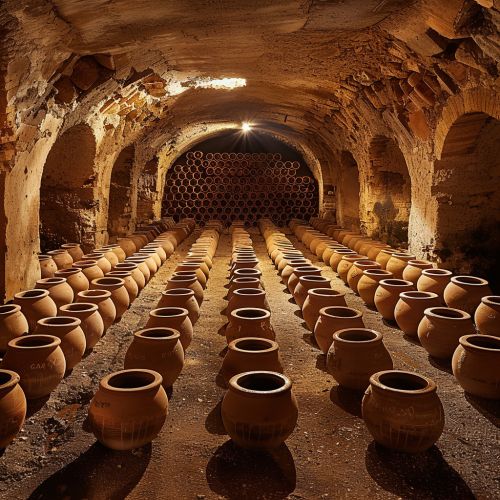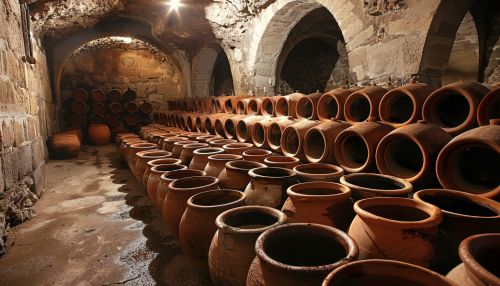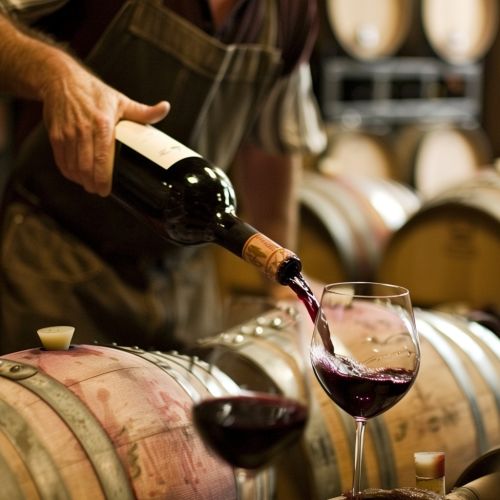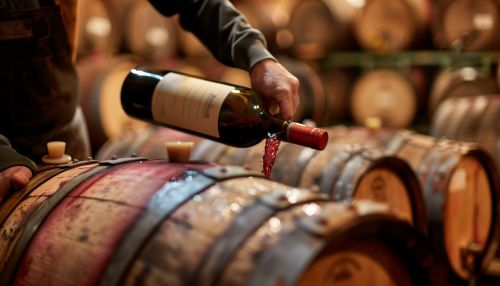Wine Addition
History of Wine Addition
Wine addition, also known as wine blending, is a centuries-old practice that involves the combination of different types of wines to create a unique and balanced final product. The history of wine addition can be traced back to the ancient Greeks and Romans, who often mixed wines from different regions to achieve a desired taste profile.


Principles of Wine Addition
The principles of wine addition are based on the understanding of the individual characteristics of each type of wine. These characteristics include the wine's grape variety, viticulture, winemaking process, and tasting notes. By understanding these elements, winemakers can create blends that highlight the best features of each wine, while also balancing any weaknesses.
Techniques of Wine Addition
There are several techniques used in wine addition, each with its own set of considerations and challenges. These techniques include co-fermentation, where different grape varieties are fermented together; sequential blending, where wines are blended in a specific order; and post-fermentation blending, where wines are combined after they have been fermented separately.


Factors Influencing Wine Addition
Several factors can influence the process and outcome of wine addition. These include the quality and characteristics of the base wines, the desired style and flavor profile of the final blend, and the winemaker's personal preferences and expertise. Additionally, factors such as climate, soil, and grape variety can also play a significant role in the blending process.
Impact of Wine Addition on Wine Quality
Wine addition can have a significant impact on the quality of the final product. By carefully selecting and blending different wines, winemakers can create a final product that is greater than the sum of its parts. This can result in a wine that is more complex, balanced, and enjoyable than the individual wines used in the blend.
Controversies and Debates in Wine Addition
Despite its long history and widespread use, wine addition is not without controversy. Some purists argue that blending dilutes the unique characteristics of individual wines, while others believe that it is a necessary tool for creating consistent and high-quality wines. These debates continue to shape the practice of wine addition and its perception in the wine industry.
